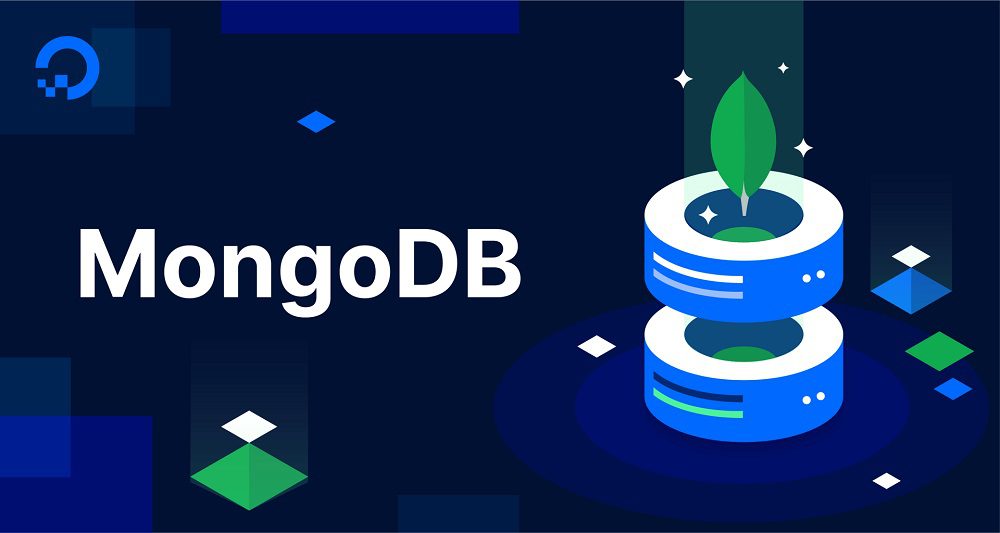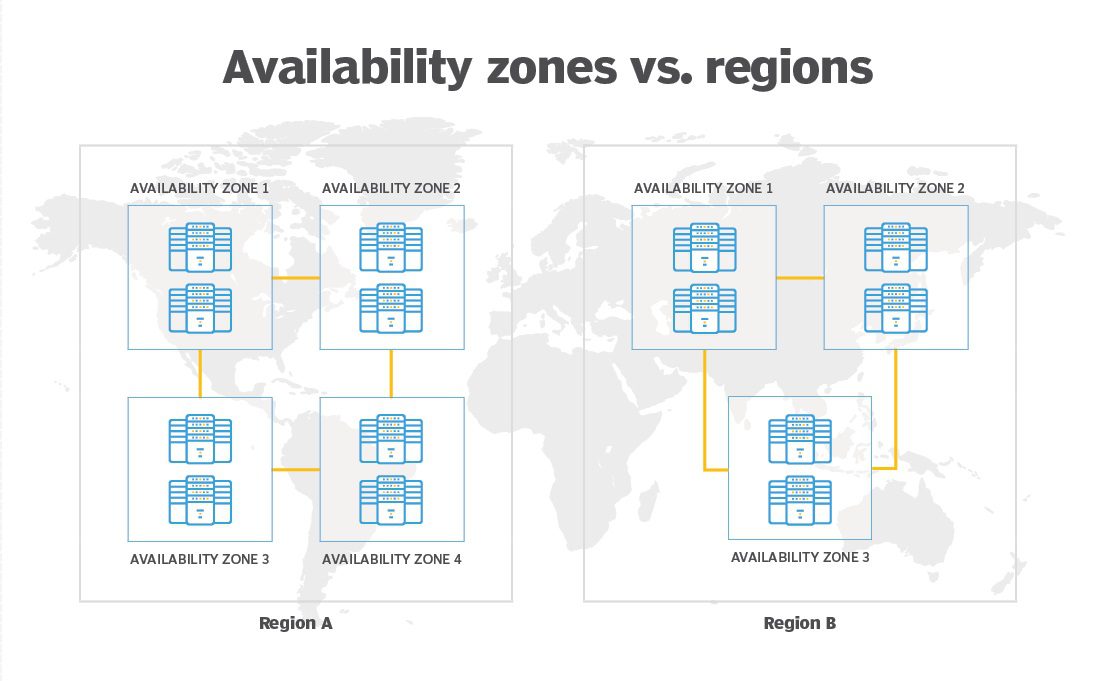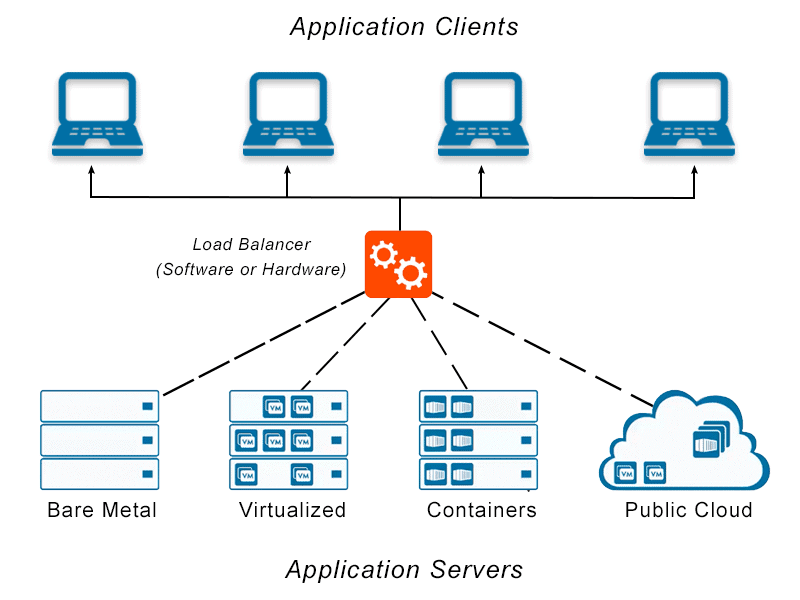In the age of digital transformation, data is often referred to as the “golden asset” of every business. However, effectively managing data, particularly unstructured data, remains a significant challenge. This is where MongoDB, a modern NoSQL database management system, emerges as an optimal solution for handling massive and complex data volumes. So, what is MongoDB, how does it differ from MySQL, and what is its real-world performance like? This article will address all your questions about MongoDB.
What is MongoDB?
According to MongoDB.com, MongoDB is a NoSQL document-oriented database designed for flexible scalability and dynamic data storage, offering a more adaptable approach compared to traditional SQL databases. Launched in 2007, MongoDB boasts a global developer community and is trusted by programmers worldwide.
Unlike SQL databases that store data in tables with rows and columns, MongoDB uses documents stored in BSON (a binary format of JSON). When needed, data can be retrieved and displayed in JSON format, making it easy to process in applications. This makes MongoDB an ideal choice for web applications, distributed systems, and big data solutions that require flexible scalability.
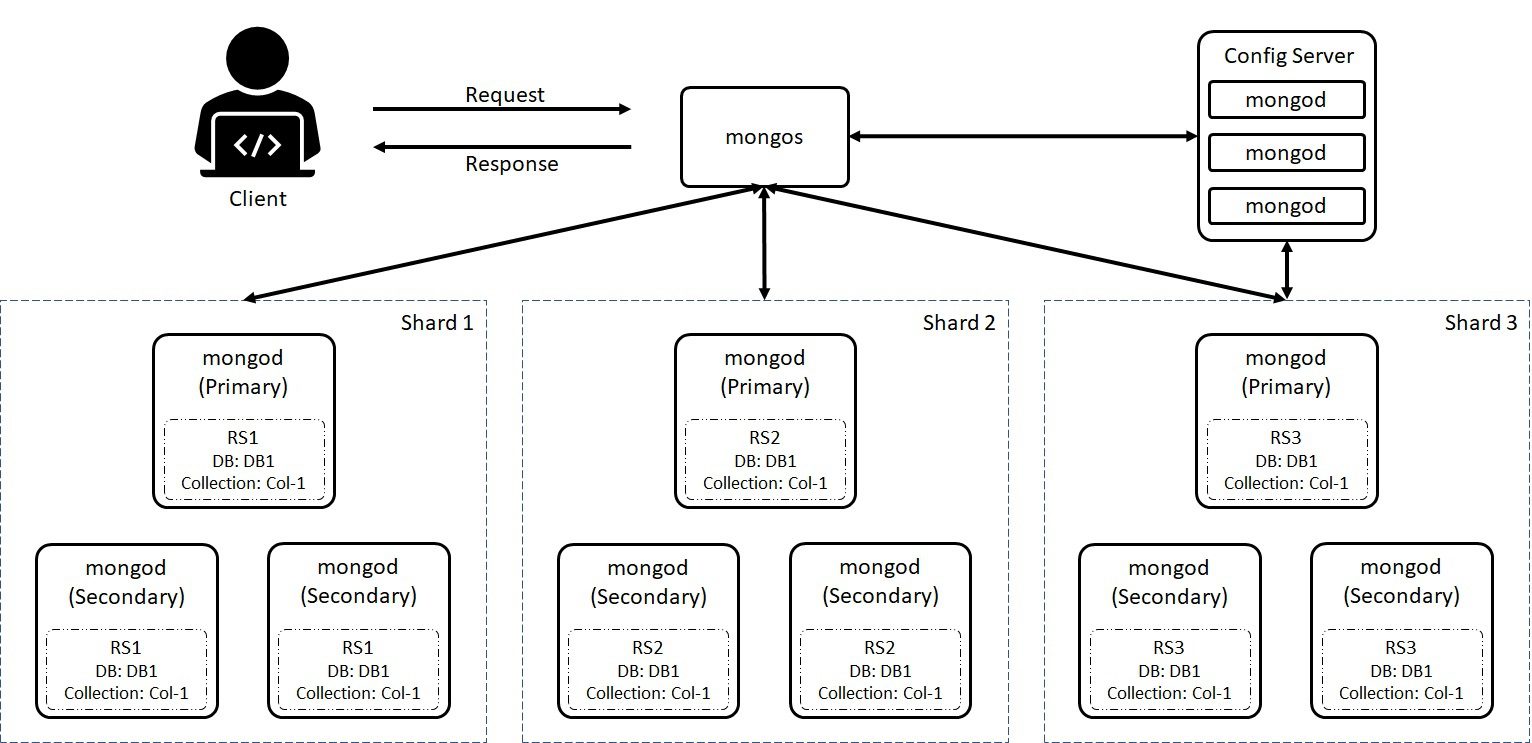
Key Features of MongoDB
Document Model
MongoDB is designed to optimize developer productivity and provide flexibility in data management. As a document-oriented database, it stores data in documents, which are grouped into collections.
The Document Model simplifies development because each document is an independent entity that can be treated as an object. This allows developers to focus on the data they need to store and process without worrying about rigidly dividing data into tables, as required in SQL databases.
Documents in MongoDB are grouped into collections, but they are not required to have the same set of fields. This flexible schema enables developers to quickly modify and migrate data between different schemas without disrupting the system. However, if you need to enforce a fixed schema at any point, you can apply validation rules to a collection.
Data in MongoDB is stored in BSON, a binary-encoded version of JSON, which enables faster storage and retrieval compared to standard JSON. Additionally, BSON supports storing binary data such as images, videos, and other binary files. Despite being a binary format, MongoDB provides drivers for various programming languages, making it easy for developers to interact with data.
Sharding
Sharding is the process of splitting large datasets and distributing them across multiple distributed database instances, known as shards. For large datasets, sharding enhances query efficiency by distributing complex queries that could otherwise overload and slow down the system. Without sharding, scaling a web application with millions of daily users would be nearly impossible.
Sharding in MongoDB enhances horizontal scalability. Each shard in a cluster stores a portion of the data, functioning as a separate database. When combined, the data from distributed shards forms a unified database capable of efficiently handling the demands of popular and growing applications without service interruptions.
All client operations in a sharded environment are managed through a lightweight process called mongos, which routes queries to the appropriate shard based on the shard key. Properly configured sharding also improves load balancing, ensuring stable and efficient system performance.
Replication
Storing data on a single server exposes it to risks such as server failures, service interruptions, or hardware errors, which can prevent data access and severely impact the system.
Replication mitigates these risks by deploying multiple backup servers for data recovery in case of failures. Horizontal scaling across multiple servers enhances availability, reliability, and fault tolerance. Additionally, replication can distribute read loads to secondary servers through read preference settings.
In MongoDB, replica sets are used to implement data replication. A primary node handles all write operations and replicates them to secondary nodes. If the primary node fails, one of the secondary nodes is automatically elected as the new primary. When the original primary recovers, it becomes a secondary node to support the new primary.
MongoDB Atlas, MongoDB’s Database-as-a-Service (DBaaS) platform, deploys a minimum of three servers in a replica set, which can be distributed across multiple regions or cloud providers based on your needs.
Authentication
Authentication is a critical security feature in MongoDB, ensuring that only authorized users can access the database. Without authentication, anyone could potentially access and extract your data.
MongoDB offers multiple authentication mechanisms, with the most common being the Salted Challenge Response Authentication Mechanism (SCRAM), which is the default method. With SCRAM, users must provide an authentication database, username, and password to log in.
Database Triggers
Database Triggers in MongoDB Atlas are a powerful feature that allows you to execute code when specific database events occur. For example, you can use triggers to run a script when a document is added, updated, or deleted. Triggers can also be scheduled to execute at specific times.
MongoDB enables simple and intuitive creation and management of triggers through the Atlas user interface. Triggers are an excellent way to perform audits, ensure data consistency and integrity, and handle complex events.
Time Series Data
Time Series Data is typically generated by devices, such as sensors, that record data over time. This data is stored in a collection of documents, each containing a timestamp and a value. MongoDB offers various features to manage time series data efficiently.
MongoDB’s native time series collections are designed to save memory and optimize performance when working with sequential measurement data. You can control parameters such as granularity (the time interval between measurements) and set expiration thresholds for old data.
Ad-Hoc Queries
When designing a database schema, it’s impossible to anticipate all the queries end-users will perform. Ad-Hoc Queries are temporary commands whose results depend on specific variables, potentially varying with each execution.
Optimizing Ad-Hoc Query processing can make a significant difference as systems scale, handling thousands to millions of variables. This is why MongoDB, a document-oriented database with a flexible schema, is a preferred cloud database platform for enterprise applications requiring real-time analytics. Its support for real-time updates to Ad-Hoc Queries significantly enhances performance.
MongoDB supports field queries, geo queries, and regular expression searches. Queries can return specific fields and incorporate user-defined functions. This is facilitated through MongoDB indexes, BSON documents, and the MongoDB Query Language (MQL). MongoDB also supports aggregations via the Aggregation Framework.
Indexing
In our experience, one of the most common issues technical support teams fail to address is indexing. When done correctly, indexes improve search speed and database performance. Incorrect or missing indexes can lead to accessibility issues, such as slow query execution and load balancing problems.
Without proper indexes, the database must scan every document to identify matches for a query. However, with appropriate indexes for each query, user requests can be executed optimally. MongoDB offers various index types and features, including language-specific sorting, to support complex data access patterns.
Notably, MongoDB indexes can be created on-demand to adapt to changing query patterns and application requirements. They can also be declared on any field in a document, including fields within arrays.
Load Balancing
Finally, achieving optimal load balancing remains a challenging goal in managing large-scale databases for growing enterprise applications. Accurately distributing millions of client requests across hundreds or thousands of servers can significantly impact (and is highly appreciated for) performance.
Fortunately, through horizontal scaling features like replication and sharding, MongoDB supports large-scale load balancing. The platform handles multiple concurrent read and write requests for the same data with advanced concurrency control and locking protocols, ensuring data consistency. No external load balancer is needed—MongoDB ensures all users have a consistent view and high-quality experience with the data they access.
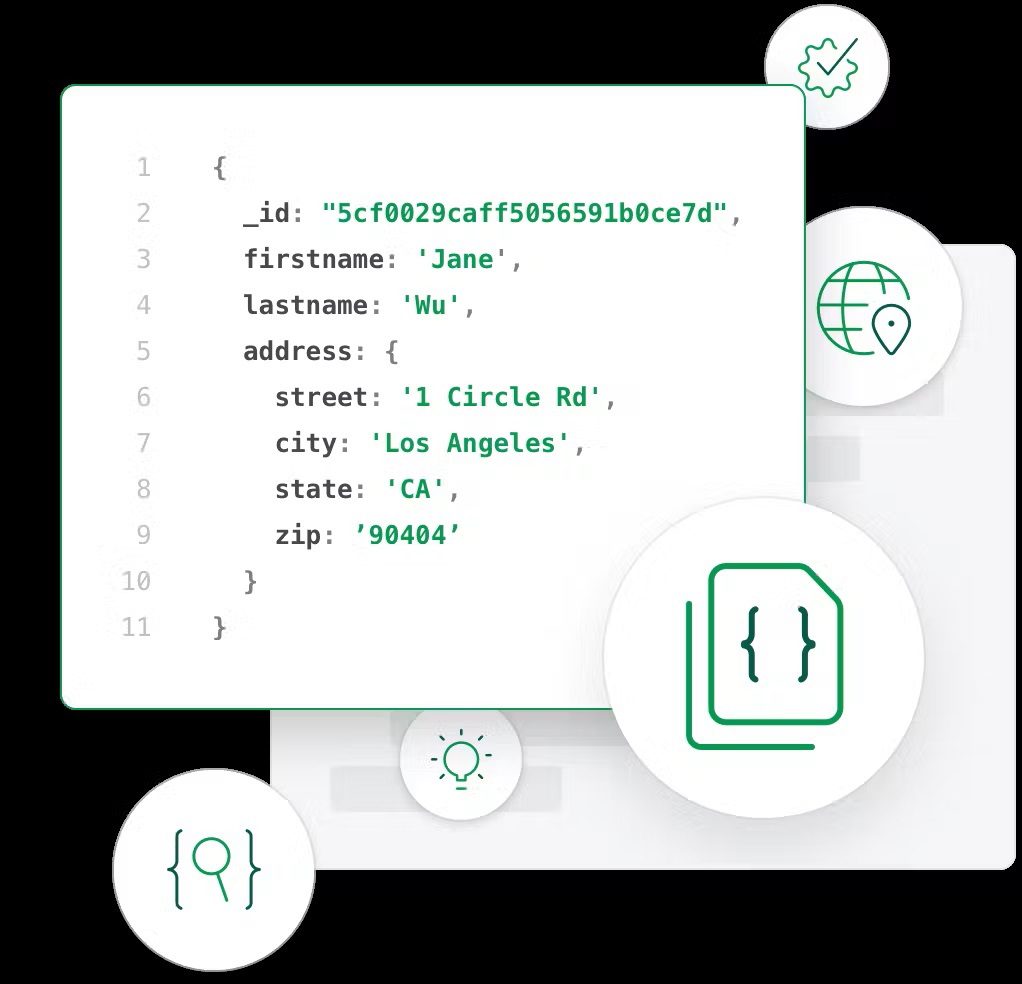
MySQL vs. MongoDB: A Comparison
MySQL and MongoDB are two commonly used databases for web development and database management. MongoDB is designed for easy horizontal scaling, so your application doesn’t require additional hardware or software to handle increased traffic. Built on the JavaScript Object Notation (JSON) standard, MongoDB integrates seamlessly with any application or framework.
MySQL has a vibrant community with numerous support tools to help users get started quickly. In contrast, MongoDB lacks official support on Linux distributions. To clarify the differences between MySQL and MongoDB, refer to the comparison table below:
| Feature | MongoDB | MySQL |
|---|---|---|
| Release Year | 2009 | 1995 |
| Languages | C++, C, JavaScript | C++, C |
| Priority | Cloud-friendly | High data security |
| Data Structure | Unstructured or rapidly evolving data structures | Structured |
| Data Representation | JSON document | Tables and rows |
| JOIN Support | No | Yes |
| Query Language | JavaScript | SQL |
| Schema | Schema-less | Requires defined columns and tables |
| Development Speed | Fast | Slower |
| Risk | Minimal due to design | Risk of SQL injection attacks |
| Transaction Atomicity | Limited support but includes multi-document transactions | Full support for transaction atomicity |
| Scaling | Horizontal | Vertical |
| Companies Using | NASA, US Navy, Bank of Finland, UCR, Walmart, Sony, Twitter, Facebook, etc. | Otto, Bosch, eBay, Gap, Forbes, etc. |
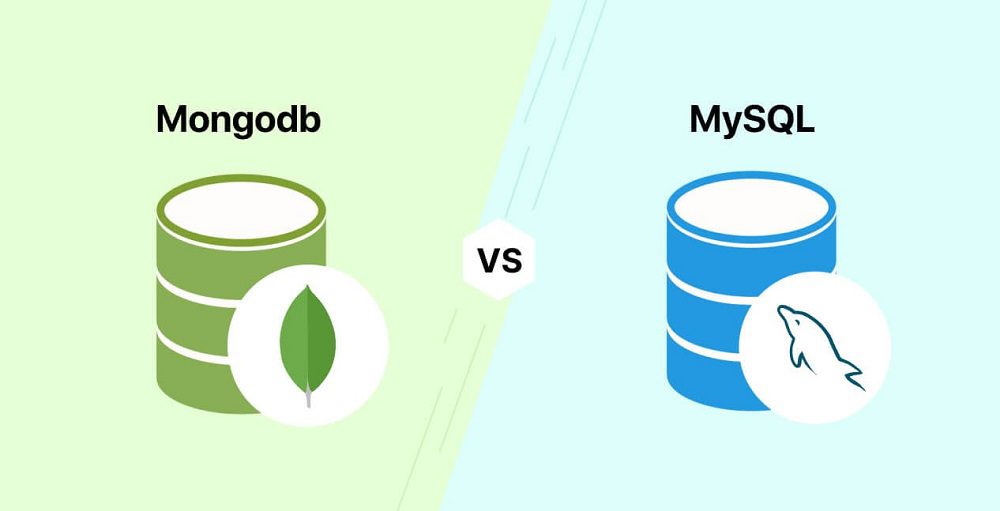
Why Choose MongoDB Over MySQL?
MongoDB enables businesses to develop applications faster, handle diverse data types, and manage systems more efficiently during scaling. Data in MongoDB is stored as documents, aligning with modern object-oriented programming languages without requiring complex Object-Relational Mapping (ORM) layers, as in MySQL. Its flexible data model allows for easy schema changes to meet evolving business needs.
MongoDB also offers flexible scalability across multiple data centers, ensuring high availability and large-scale processing that relational database management systems (RDBMS) like MySQL struggle to achieve. As data and traffic grow, MongoDB scales without disruptions or application modifications, while MySQL often requires complex technical adjustments for effective scaling.
NoSQL Document DB – MongoDB from Sunteco
Within the Sunteco Cloud ecosystem, the NoSQL Database based on MongoDB is a powerful, flexible storage solution that enables businesses to manage data efficiently. It is particularly well-suited for applications requiring high speed, scalability, and stability.
Benefits of NoSQL Document DB – MongoDB from Sunteco
- Flexible Scalability: Supports sharding for easy horizontal scaling across multiple servers, meeting the demands of growing data volumes.
- Diverse Storage: Uses BSON to store heterogeneous data, optimized for applications requiring flexible models.
- High Performance: Fast queries through indexing and multidimensional search capabilities, improving data processing speeds.
- Fault Tolerance: Supports Replica Sets for automatic data replication, ensuring safety and stability during failures.
- Big Data Processing: Ideal for Big Data systems and real-time analytics.
- Multi-Platform Integration: Supports languages like JavaScript, Python, Java, and Node.js, simplifying application development.
Real-World Applications of NoSQL Document DB – MongoDB from Sunteco
- Web & Mobile Apps: Stores user data, manages sessions, and handles dynamic content.
- Real-Time Data Analytics: Processes large datasets at high speeds.
- IoT Systems: Stores and processes sensor data from connected devices.
- E-Commerce: Manages carts, orders, and products with flexible, scalable models.
- Content Management Systems (CMS): Stores and categorizes diverse content, from text to images and videos.
- Financial Applications: Manages transactions, data analytics, and financial forecasting.
- Online Gaming: Stores player profiles, items, and real-time game data.
- Healthcare: Stores electronic medical records (EMR) and patient data.
Integration with Other Sunteco Cloud Services
The NoSQL Document DB – MongoDB from Sunteco does not operate in isolation but integrates seamlessly with other services in the Sunteco Cloud ecosystem:
- Sun Virtual Machine (Sun VM): Hosts applications that read/write data from the NoSQL Database or run worker nodes for data processing and automated backups.
- Sun Kafka Highway: Streams real-time data from producers to the NoSQL Database (consumer), supporting stream processing.
- Sun Container Service & Sun Kubernetes Service: Deploys applications on containers that read/write data from MongoDB, enabling flexible scaling on cloud-native platforms.
With its integrated ecosystem, Sunteco’s NoSQL Document DB – MongoDB empowers businesses to fully leverage MongoDB’s capabilities, delivering flexible, high-performance, and easily scalable storage solutions.
Sign up for a free trial of NoSQL Document DB – MongoDB from Sunteco .
Frequently Asked Questions About MongoDB
Is MongoDB provided as a hosted service?
Yes.
Does MongoDB support SQL?
No. However, MongoDB supports its own rich query language.
Does MongoDB handle caching?
Yes. MongoDB stores recently used data in RAM. If indexes are created for your queries and your working dataset fits in RAM, MongoDB serves all queries from memory. However, MongoDB does not cache query results to return cached results for identical queries.
Conclusion
We hope this article has provided comprehensive insights into what MongoDB is. MongoDB is an ideal solution for applications requiring unstructured data processing and flexible scalability. Compared to MySQL, MongoDB excels in scalability and flexibility, particularly for handling large and unstructured datasets. Sunteco’s MongoDB service enables efficient deployment and maintenance of MongoDB systems, with 24/7 technical support, robust security, and optimal scalability. For consultation on using Sunteco’s MongoDB service, please contact our hotline at (+84) 78 678 3868.
